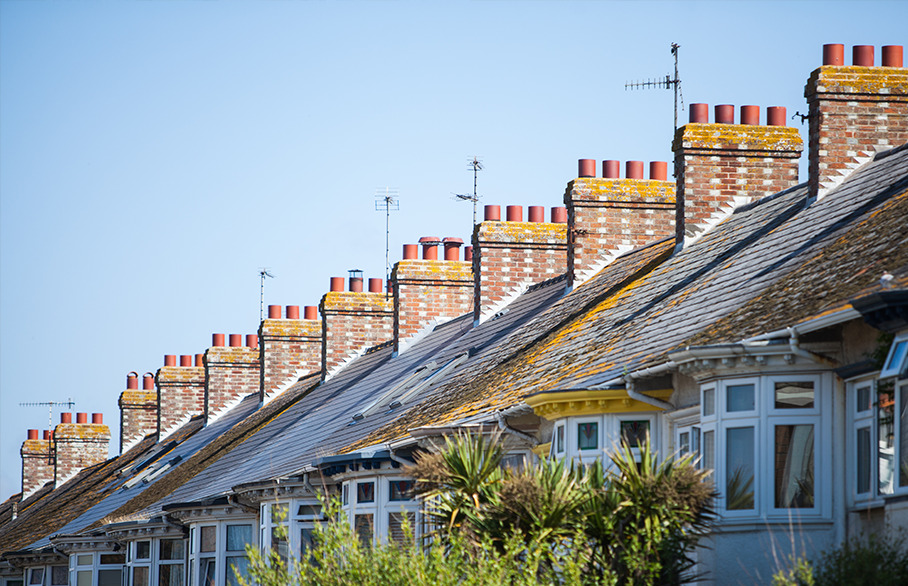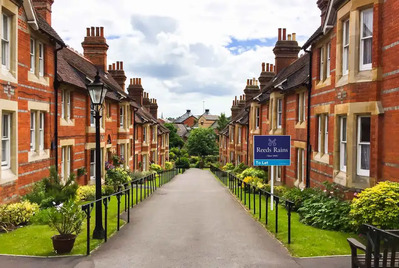
If there is an open fire or wood-burning stove with a chimney in your rented property, you are legally responsible for ensuring they are maintained in safe working order.
Here, we take a look at your legal obligations and what steps you should take to make sure you abide by the law and protect your tenants’ health and safety.
If we manage your property, we will help make sure all of these laws are abided by prior and during the let
Fire safety
Every source of fire in the property increases the safety risk for your tenants (and the property), so you should go over and above the minimum legal requirements for a single-let property.
In addition to ensuring all furniture meets fire safety standards, there are working smoke alarms and clear escape routes, it is good practice to:
- Provide tenants with a fire guard
- Have a multi-purpose fire extinguisher in the room
- Ensure that the windows allow for tenants to escape through them in case the doorway is blocked
- Install fire doors in the property
Carbon Monoxide (CO) alarm
Firstly, wherever there is a solid fuel burning appliance, you must have a carbon monoxide (CO) alarm in the room. You are required to check at the start of the tenancy that it is in proper working order and, as with smoke alarms, if the tenant reports a fault during the tenancy, you must respond with 14 working days and ensure repairs are made as soon as possible.
Pre-tenancy
Before a tenancy begins, you must make sure that chimneys and flues are not obstructed and are providing proper ventilation for the fire or wood burner. That means having them swept by a recommended local chimney sweep and ensuring you safely file the certificate.
During the tenancy
Legally, you can pass the responsibility for maintenance of the chimney on to your tenants by putting a clause in the tenancy agreement. However, as it is very much in your interest to keep the chimney in a safe and useable condition, and as part of your overall health and safety responsibilities to your tenant, we’d suggest it’s worth looking after this yourself.
It’s also important to note that it may be a condition of your insurance that chimneys and flues are regularly maintained. If there is a chimney fire and you can’t prove when it was last swept, your policy may be invalid.
How often should chimneys be swept?
Chimneys should be swept at least once a year, regardless of how often the fire is used, as debris can fall in from outside and birds may even make a nest in there! Any obstruction could prevent the proper escape of fumes, and there is the risk that debris could catch alight and cause a chimney fire.
Because fires are more likely to be used in the colder months, it’s sensible to arrange for an annual sweep towards the end of the summer.
The sweep should provide you with a certificate detailing the work that has been completed, which should be carefully filed, along with your other property certificates. Your insurance provider may also require a copy.
Finding a competent person to service your chimney
Anyone sweeping your chimney should be a member of a Trade Association, such as the National Association of Chimney Sweeps, which is recommended by all major fuel organisations. The NACS is, in turn, a member of the Federation of British Chimney Sweeps (FBCS), which represents over 80% of chimney sweeps in the UK.
Members of the NACS work to a code of practice and code of conduct and will issue a Certificate of Chimney Sweeping on completion of their work. You can search for a local member via their website.
If you have any queries about maintaining the fire or wood burner in your rental property, just get in touch with your nearest Reeds Rains branch and have a chat with one of the team.
The Reeds Rains Content Marketing Team



